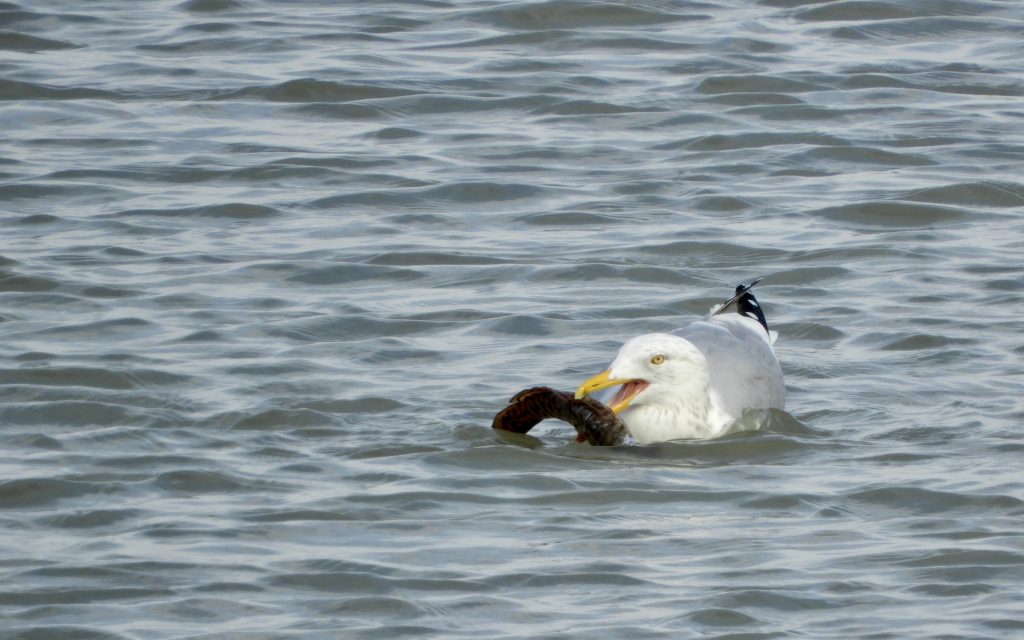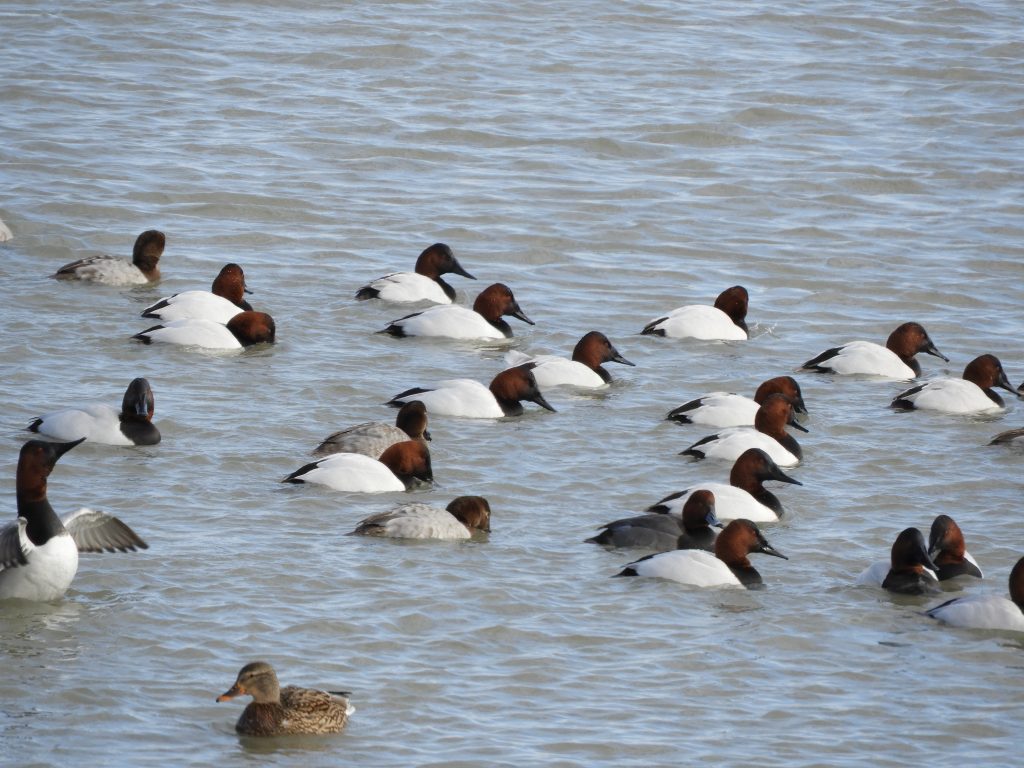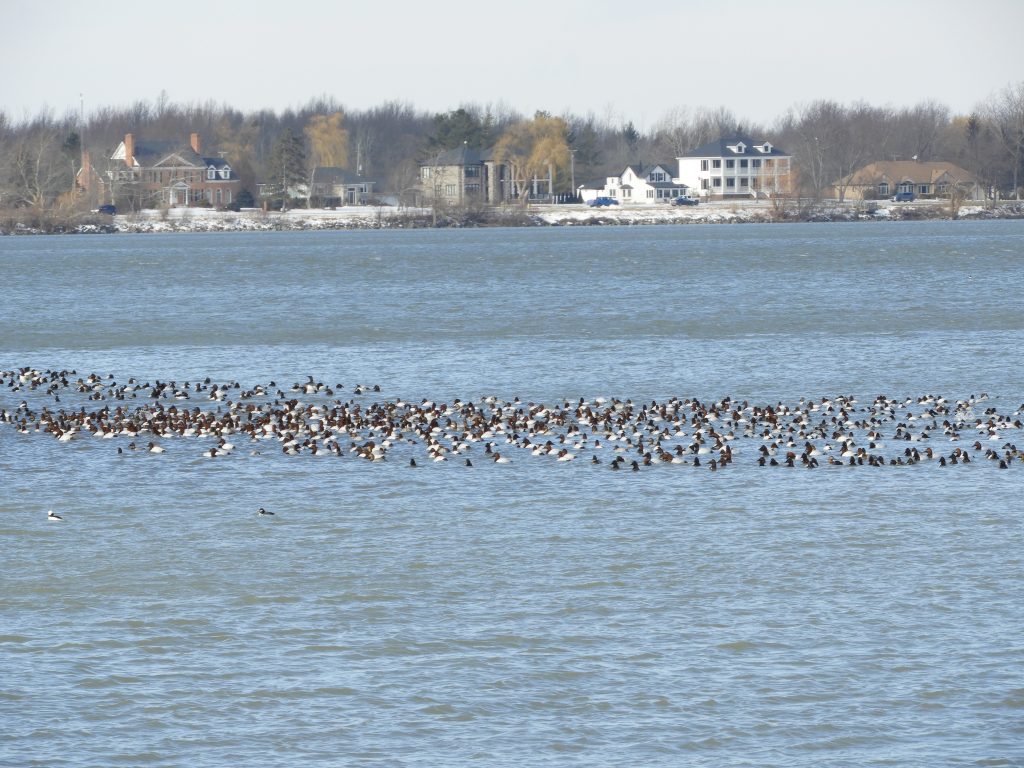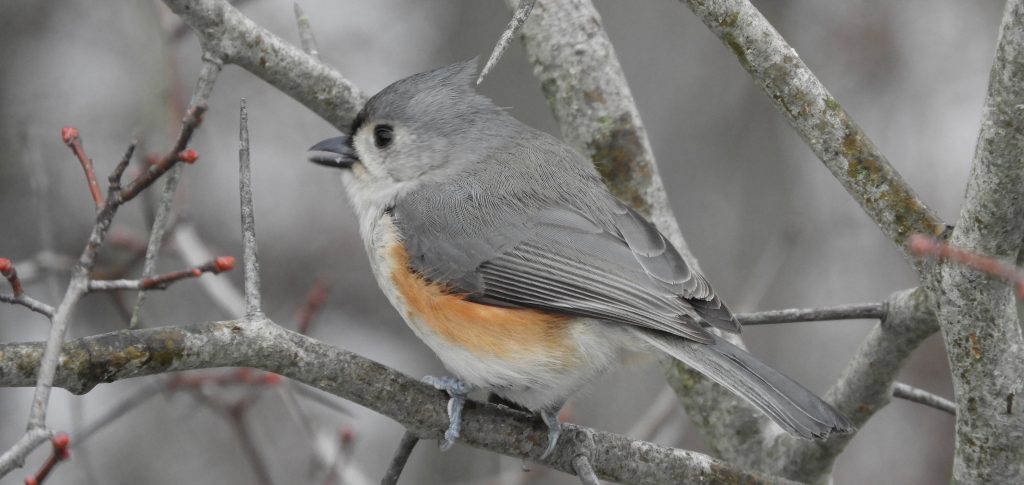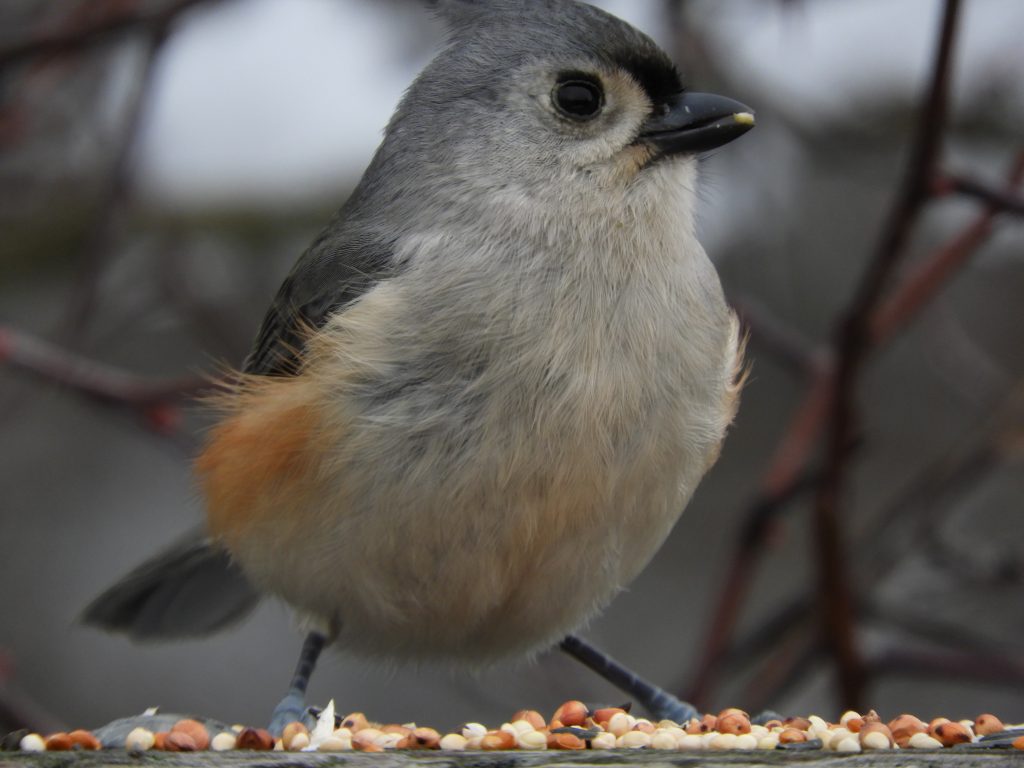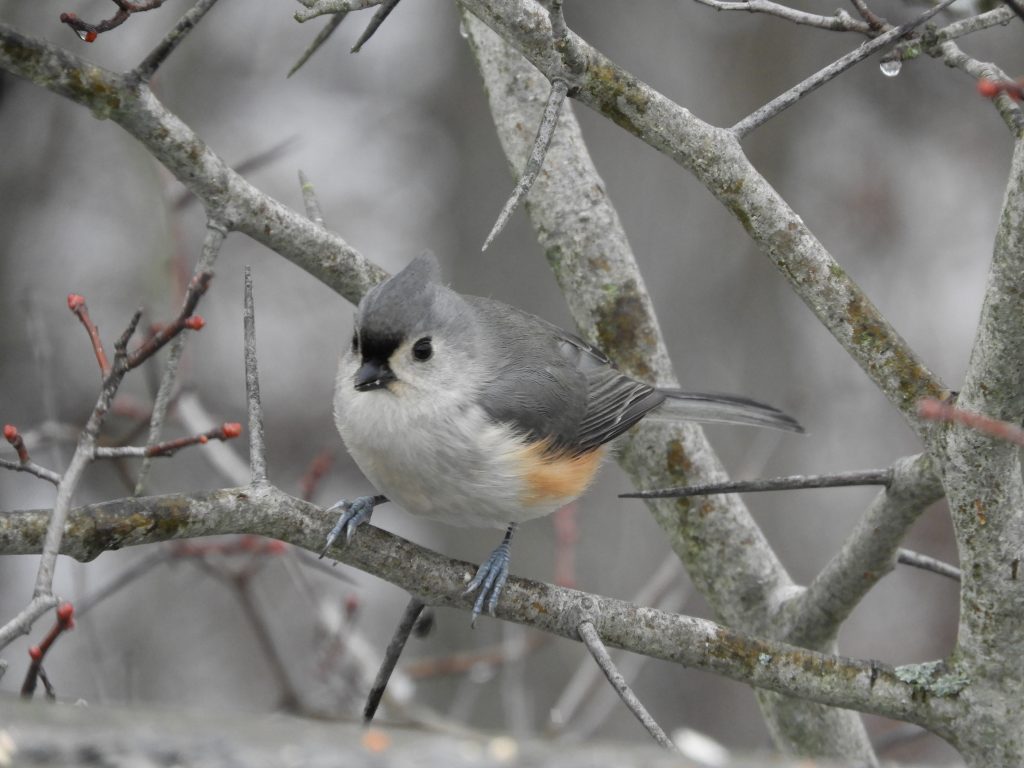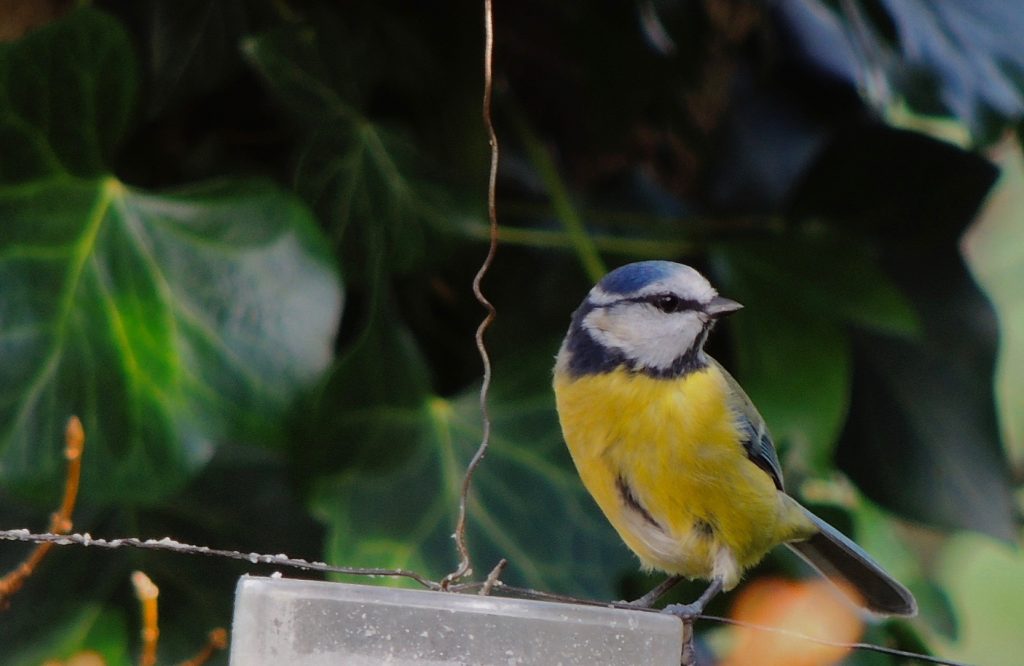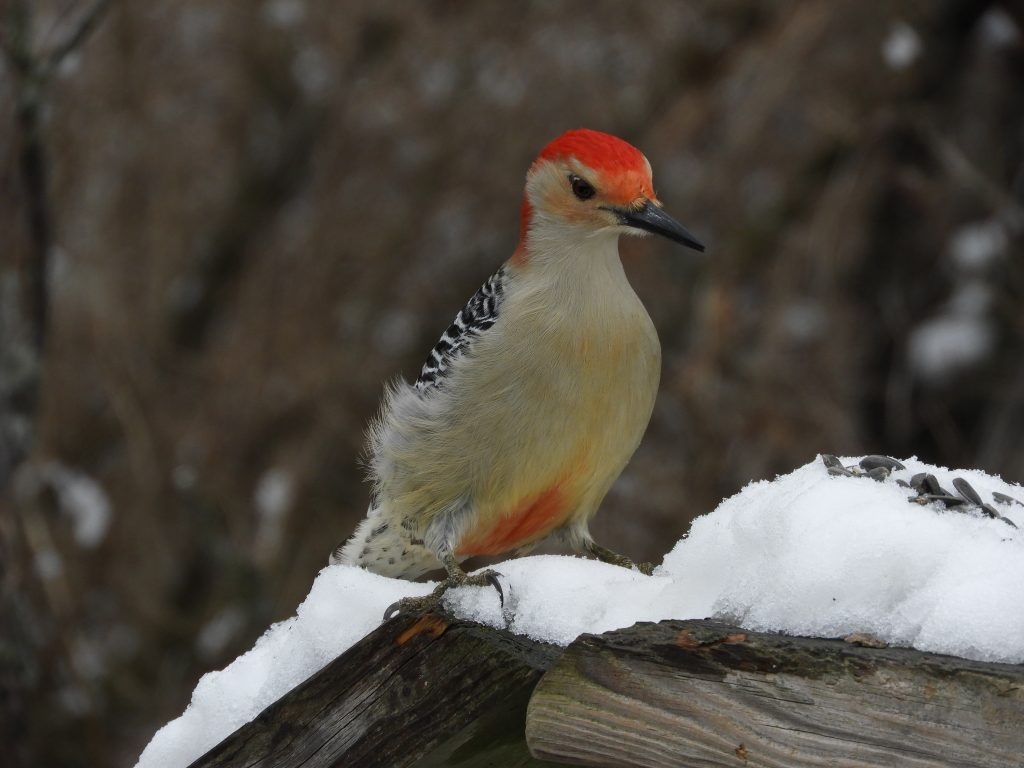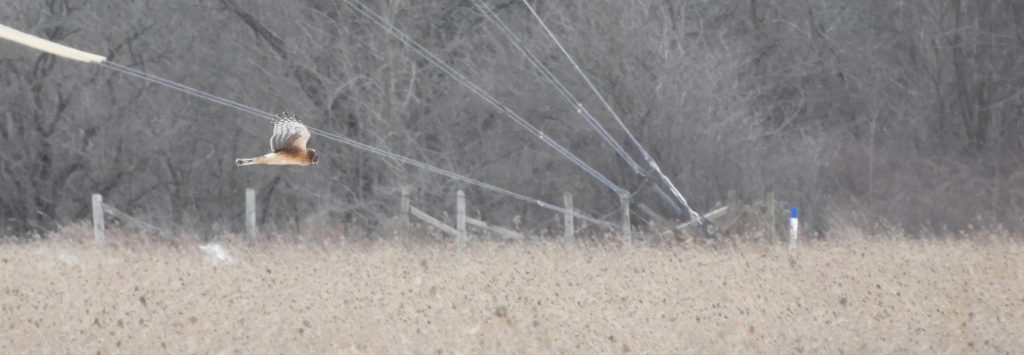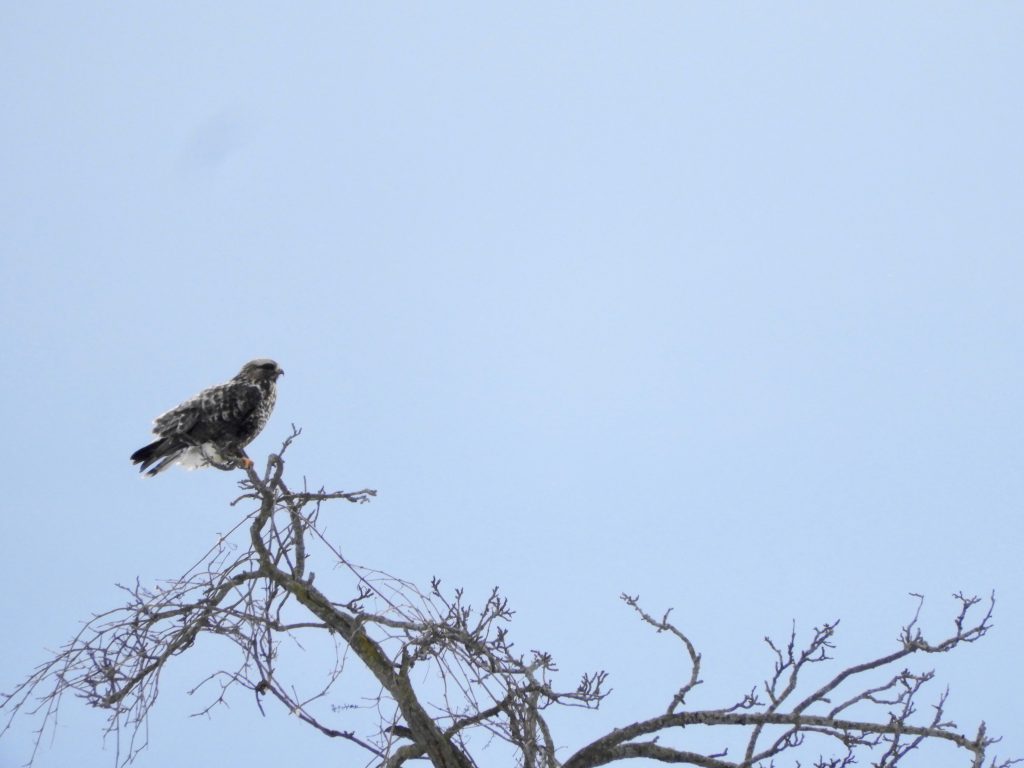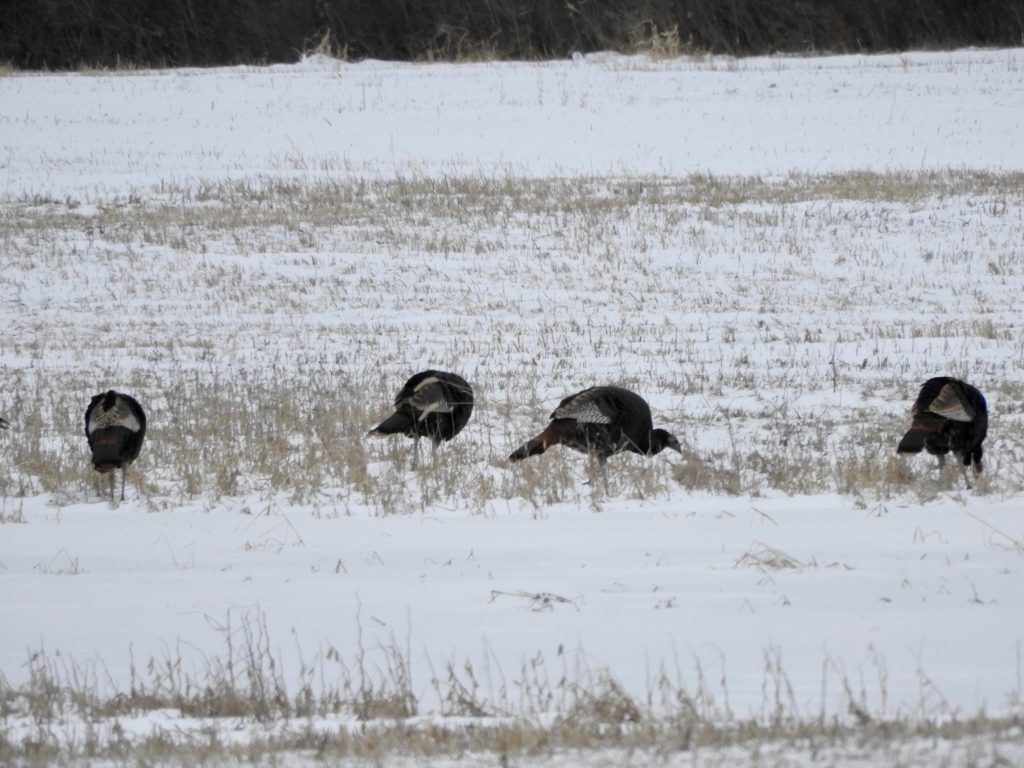Royal Botanical Gardens. Arboretum, Hamilton. ON. February 12 2023. This mid-February day behaved like mid-March, bright and clear, and warm enough to go gloveless. A long hike seemed like a good thing to do and whenever there was a choice I pushed on a little bit further.
I visited the spot where, a little bit over two weeks ago, I’d seen a Tufted Titmouse. To improve my chances of re-finding one, I used the Merlin app hoping it might pull one out of thin air.
Merlin, by way of explanation, is a programme that has been trained to identify bird vocalisations. It listens to all ambient sound, and picks out and identifies bird songs and calls. It listens tirelessly in a 360° arc, high and low, and hears and analyses more than any person possibly could. It didn’t find the titmouse but unsurprisingly it picked up Black-capped Chickadee, Red-bellied Woodpecker, White-breasted Nuthatch, Mallard, Canada Goose and American Crow. All to-be-expected birds.
Much later hiking back along a rather dreary stretch of woodland, I heard a strange shriek, “Keeyaa Keeyaa” short, hoarse and penetrating. Somewhat like the ‘kweer’ call of a Red-headed Woodpecker but rougher, longer and hugely exaggerated. It was close and I had no idea what it was, but moments later the gurgling croaks of a Common Raven suggested some sort of avian dispute. But raven against what… mammal? bird? I opened the Merlin app in case whatever it was would shriek again. The raven croaked once more and Merlin confirmed it. Then the shriek: five in quick succession, and Merlin immediately displayed Red-shouldered Hawk. I was skeptical and flabbergasted.
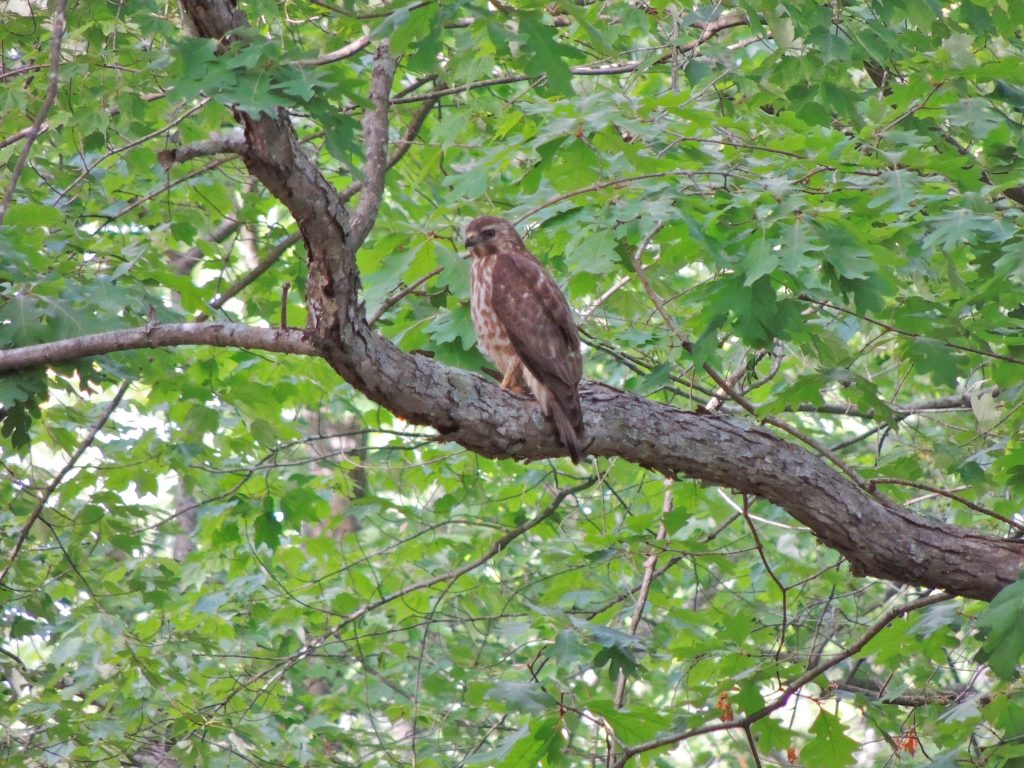
Red-shouldered Hawks are very uncommon around here, especially in winter, we generally only get them as migrants. I’ve seen plenty but almost always passing overhead in spring or fall, I don’t recall hearing one. Very occasionally a pair is reported as nesting somewhere in the region, but they shun our heavily urbanised landscape. A red-shoulder in winter is all but a non-starter, but now Merlin said we have one. The Raven croak/gurgled again and the putative red-shoulder replied with more shrieks, there was some sort of predator vs. predator show-down happening. Merlin was emphatic – Red-shouldered Hawk.
The Common Raven swept past me and perched 50 M away. It hopped anxiously from branch to branch, croaked angrily once more before disappearing deeper into the woods. Then silence. I moved towards where the red-shoulder (if that’s what it was) appeared to be, hoping to be close if and when it showed itself. Luck was on my side, it took flight passing close just the other side of a small group of bare trees and then out into a clearing where it circled a few times backlit by the morning sun. It was difficult to pick out all the key Red-shouldered Hawk field marks but enough to be certain, more than enough to be my Bird of the Day, and Merlin had no doubts.
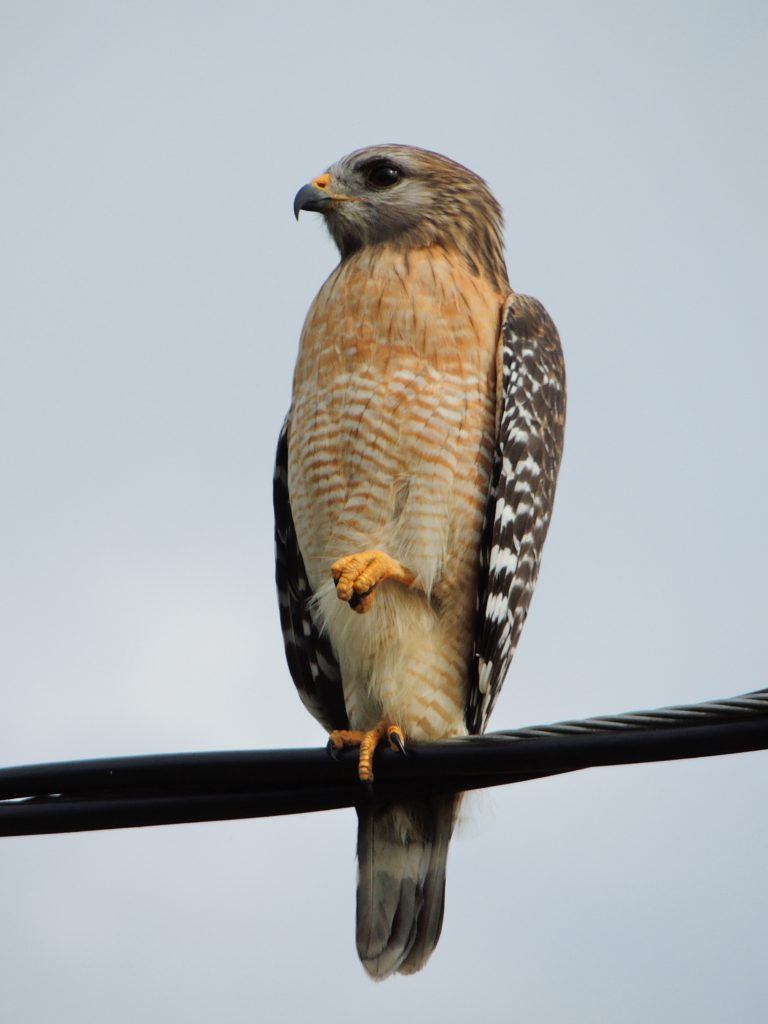
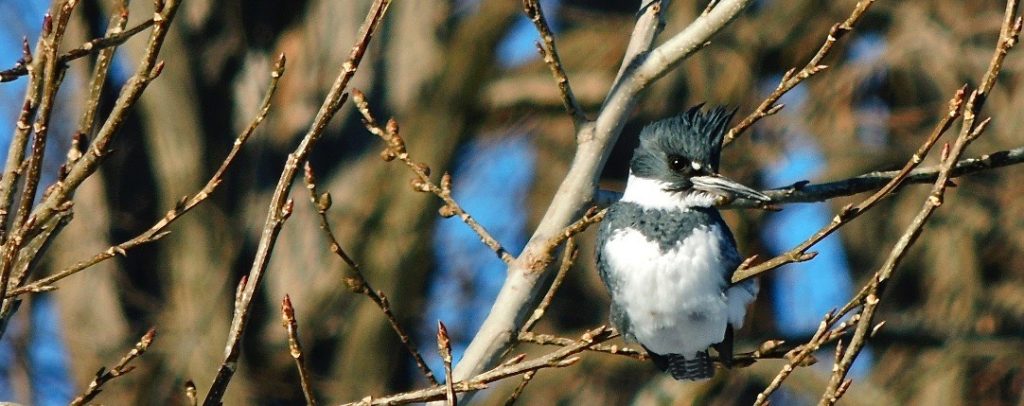
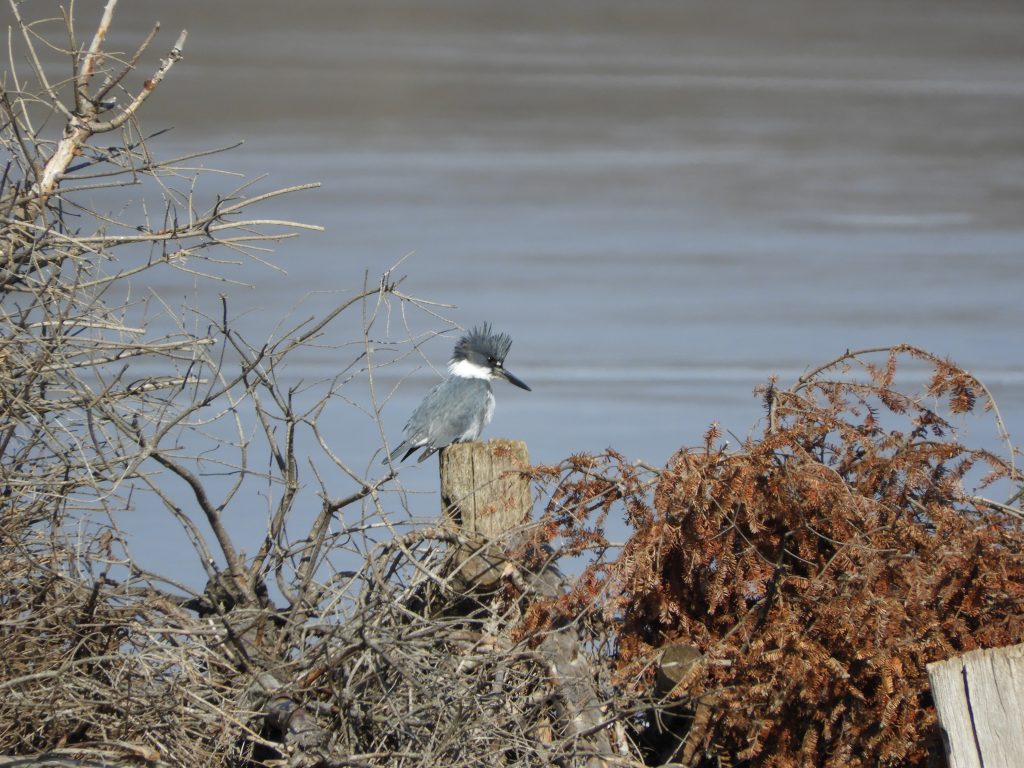
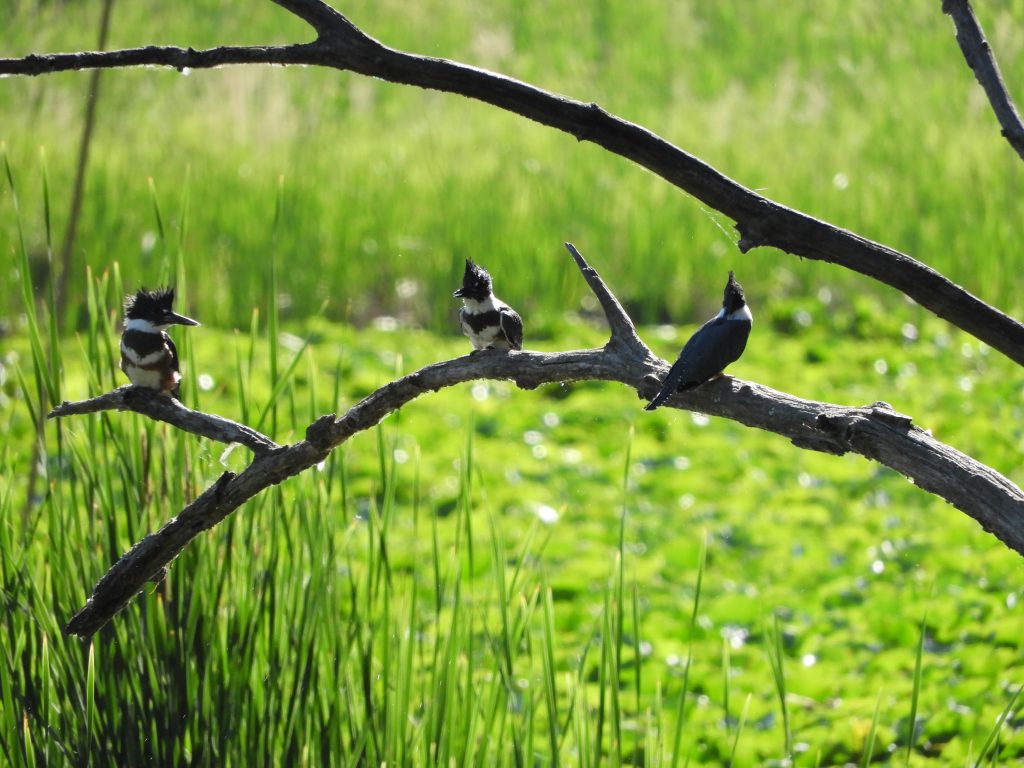
 Niagara River. ON. February 2 2023. The Niagara River in winter is probably the birdiest place anywhere within day’s drive of home; alive now with thousands of ducks, geese and gulls. The river connects Lake Erie to Lake Ontario, a conduit really, just one lake desperate to reach the next. I’m sure some folk would swim in it where they find a quiet backwater on a hot summer day. But in winter it hurries choppily carrying chunks of ice – too dangerous for mortals but okay for ducks, geese and swans.
Niagara River. ON. February 2 2023. The Niagara River in winter is probably the birdiest place anywhere within day’s drive of home; alive now with thousands of ducks, geese and gulls. The river connects Lake Erie to Lake Ontario, a conduit really, just one lake desperate to reach the next. I’m sure some folk would swim in it where they find a quiet backwater on a hot summer day. But in winter it hurries choppily carrying chunks of ice – too dangerous for mortals but okay for ducks, geese and swans.